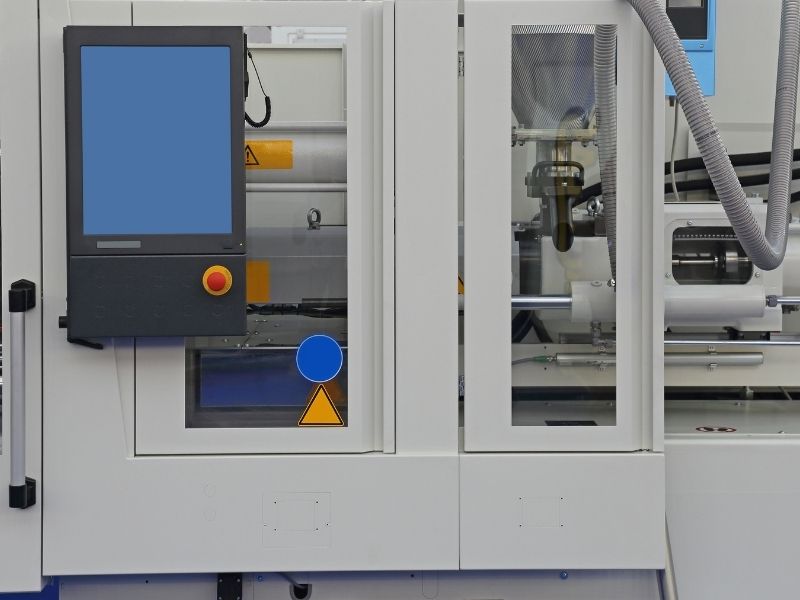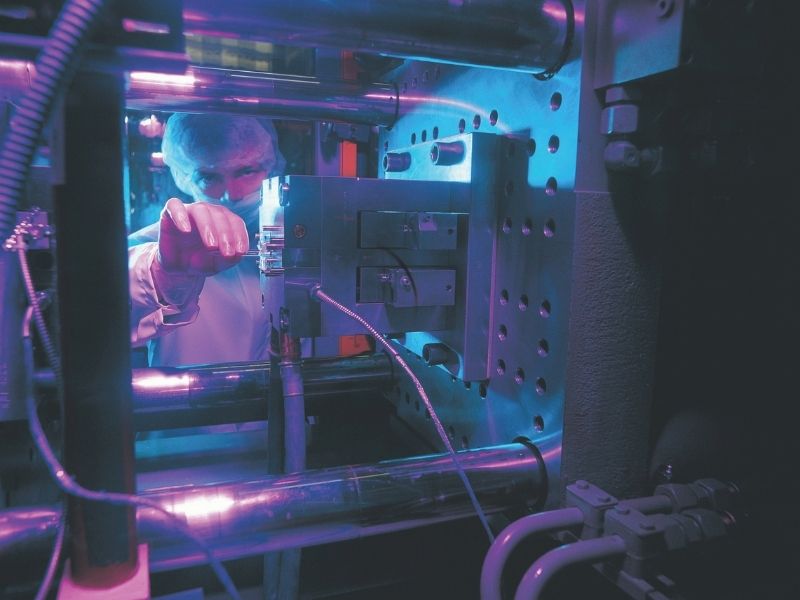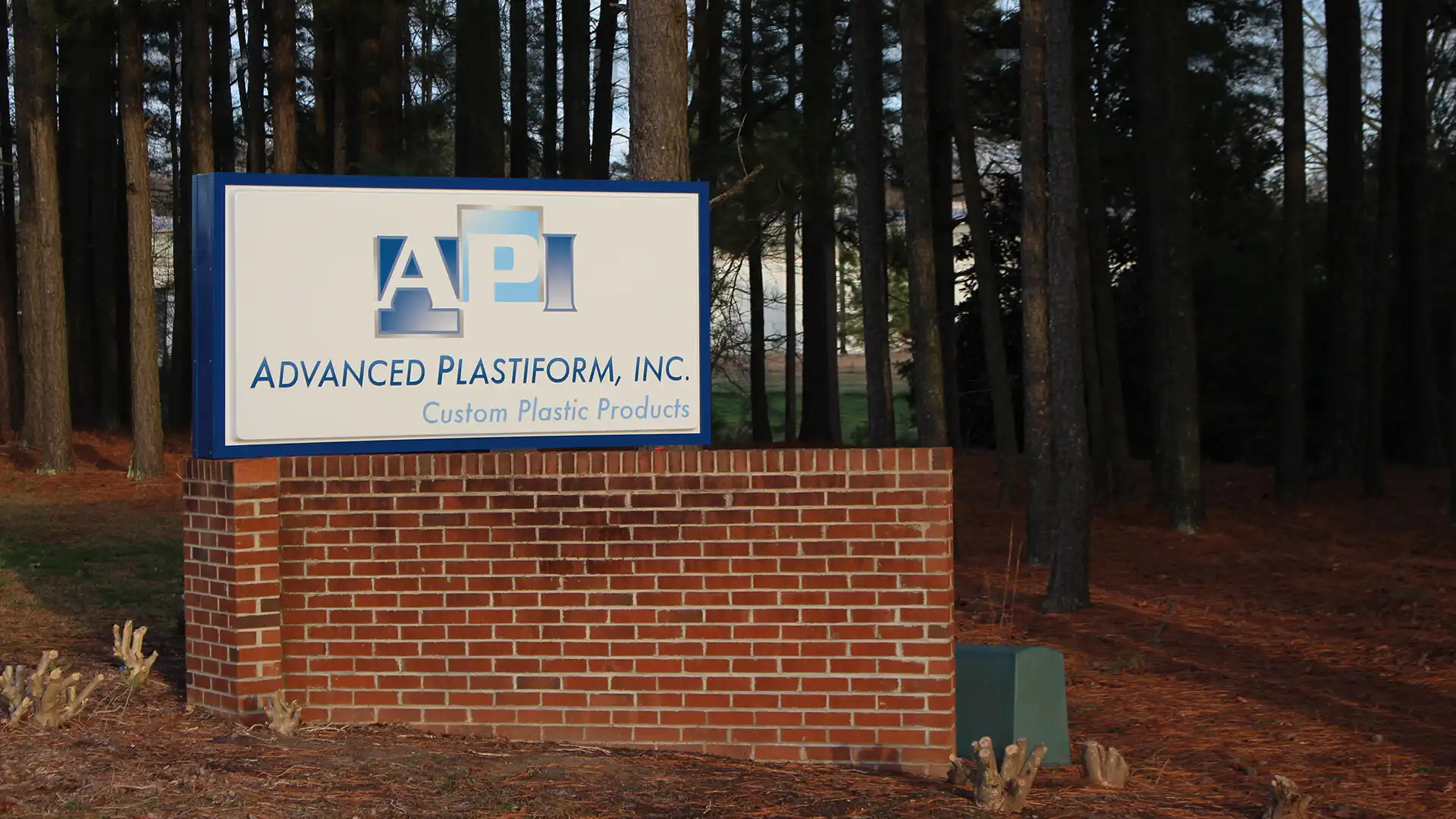
Injection molding is one of the most widely used manufacturing processes for producing plastic parts at scale. Understanding the factors that impact the cost of injection molding is valuable for product designers, engineers, manufacturers, and businesses looking to optimize production costs while maintaining quality and performance.
Join our injection molding company as we explore the key factors that influence the cost of injection molded products across industries.
Why Understanding Injection Molding Cost Matters
Injection molding is a manufacturing process used to produce high volumes of plastic parts by injecting molten plastic into custom molds. The process is efficient and cost-effective for producing complex parts in large quantities, but the costs of injection molding can vary.
Here’s why understanding what influences the cost of injection molding matters:
- Helps Optimize Product Design: Knowing how design choices impact cost can lead to more efficient, cost-effective designs.
- Improves Budgeting Accuracy: Understanding cost factors ensures more accurate cost estimates for product development.
- Reduces Overruns: Being aware of cost variables helps prevent unexpected increases in production expenses.
- Informed Material Selection: Choosing the right materials can greatly affect both the cost and the quality of the final product.
- Maximizes Production Efficiency: Understanding cycle time and production volume helps improve process efficiency and reduce per-unit costs.
- Ensures Long-Term Profitability: By identifying cost-saving opportunities, businesses can improve margins on large-scale productions.
- Optimizes Manufacturer Partnerships: Knowing cost factors allows businesses to choose the right injection molding company to meet both quality and help reduce the cost of injection molding.
#1 - Material Choice
Material selection plays a key role in injection molding costs. Common plastics like high molecular weight polyethylene (HMWPE) are more affordable, while high-performance materials like polycarbonate (PC) come with higher costs due to their specialized properties and processing requirements. Some materials also demand higher mold temperatures or more advanced techniques, further increasing production costs.
#2 - Complexity of the Design
The complexity of a product's design directly impacts the cost of injection molding. Intricate designs with features such as undercuts, thin walls, or multiple components require more advanced molds and additional production steps. These complexities increase the time and cost of mold creation, as well as the production cycle time. Additionally, more detailed designs may require additional secondary operations, such as trimming or assembly, which add to the overall cost.
#3 - Mold Design and Tooling
Mold design and tooling are critical factors in determining injection molding costs. Complex molds, especially those with multiple cavities or specialized features, require more time and expertise to design and manufacture, driving up costs. Additionally, high-quality, durable molds are necessary for longer production runs and can be expensive to create initially. Investing in a well-designed mold can improve efficiency and product consistency, but it is essential to find the right balance between mold complexity and cost.
#4 - Manufacturer Location
The location of the injection molding manufacturer affects production costs through labor rates, overhead, and shipping expenses. Manufacturers in regions with lower costs can offer more competitive pricing, while those in higher-cost areas may charge more. Proximity to suppliers and customers also impacts shipping costs and lead times, influencing overall cost efficiency.
#5 - Production Volume
Production volume has a direct impact on the cost of injection molding. High-volume, mass production runs for injection molding typically lower the per-unit cost. This is due to the initial setup costs, such as mold creation and machine calibration, being spread over a larger quantity of parts. In contrast, low-volume production requires more frequent setup changes and may involve higher per-unit costs due to smaller batch sizes.
#6 - Cycle Time
Cycle time, or the amount of time it takes to complete one injection molding cycle, directly affects production costs. Shorter cycle times mean more parts can be produced in less time, reducing labor and machine operation costs. Longer cycle times, on the other hand, increase production time and cost. Reducing cycle time without compromising quality can help lower overall expenses and improve efficiency in creating injection molded products.
#7 - Labor and Expertise
Skilled workers are essential for setting up, operating, and maintaining injection molding machines, ensuring that production runs smoothly and efficiently. Highly experienced operators can minimize errors, reduce waste, and optimize cycle times, ultimately lowering costs. On the other hand, less experienced labor may result in higher error rates, longer setup times, and increased material waste, raising production costs.
#8 - Secondary Operations
Secondary operations, such as trimming, painting, assembly, or finishing, can add to the overall cost of an injection molded product. While some designs may require minimal post-processing, more complex parts may need additional steps to meet quality standards. These operations require specialized equipment and labor, which can increase both time and cost.
#9 - Quality Assurance and Testing
Quality assurance and testing are essential for ensuring that injection molded products meet the required specifications and standards. The cost of thorough testing, including strength, durability, and accuracy checks, can add to production expenses. While these processes are necessary to prevent defects and ensure product reliability, they require time, equipment, and skilled personnel. Balancing the level of quality assurance with the product’s intended use can help control costs.
Cost-Saving Strategies in Injection Molding
While injection molding is an efficient manufacturing process, costs can quickly add up if not carefully managed. Fortunately, there are several strategies that can help reduce expenses while maintaining the quality of the final plastic product.
Design Optimization
Simplifying the part design by eliminating unnecessary features like undercuts or reducing the number of components can lower mold and tooling costs. Additionally, designing parts that require less post-processing can help reduce secondary operation costs.
Use of Standardized Molds
Using standardized or off-the-shelf molds rather than custom design molds can drastically lower costs. Standard molds are less expensive to produce and often have quicker turnaround times. For high-volume runs, reusing existing molds or sharing molds across multiple products can further drive down costs while maintaining product consistency.
Material Selection
Choosing the right plastic material is one of the most effective ways to reduce costs. Opting for more cost-effective plastics that still meet the product's functional requirements can help cut material expenses.
Reduce Cycle Time
Reducing cycle time—how long it takes to complete one production cycle—can lower labor and energy costs. By optimizing machine settings, using more efficient molds, and improving part design to reduce the need for cooling or curing time, businesses can reduce overall production time and cost.
Minimize Waste
Waste reduction is a key strategy for reducing injection molding costs. Optimizing material usage and reducing scrap through better part design and efficient machine settings can lower costs per part.
Partner with an Experienced Injection Molding Company

Working with an experienced injection molding company like Advanced Plastiform, Inc. can bring cost-saving benefits, as their specialized knowledge and experience in the industry helps streamline the production process.
Our injection molding company offers our clients insights into design improvements, efficient manufacturing methods, and cost-effective material choices, leading to savings over the long term. Partnering with the right company ensures that your project is managed efficiently and cost-effectively from start to finish.
Contact Advanced Plastiform for Custom, Cost-Effective Injection Molded Plastics
At Advanced Plastiform Inc., we offer injection molding and thermoforming solutions that balance quality and cost-effectiveness. Our experienced team works closely with businesses to optimize design, materials, and processes, ensuring you get the best value for your investment.
We serve clients across North Carolina, South Carolina, Pennsylvania, Maryland, Tennessee, Georgia, and Virginia. To learn more or speak to one of our injection molding experts, call us today at 919-404-2080 or fill out our contact form to get started.

